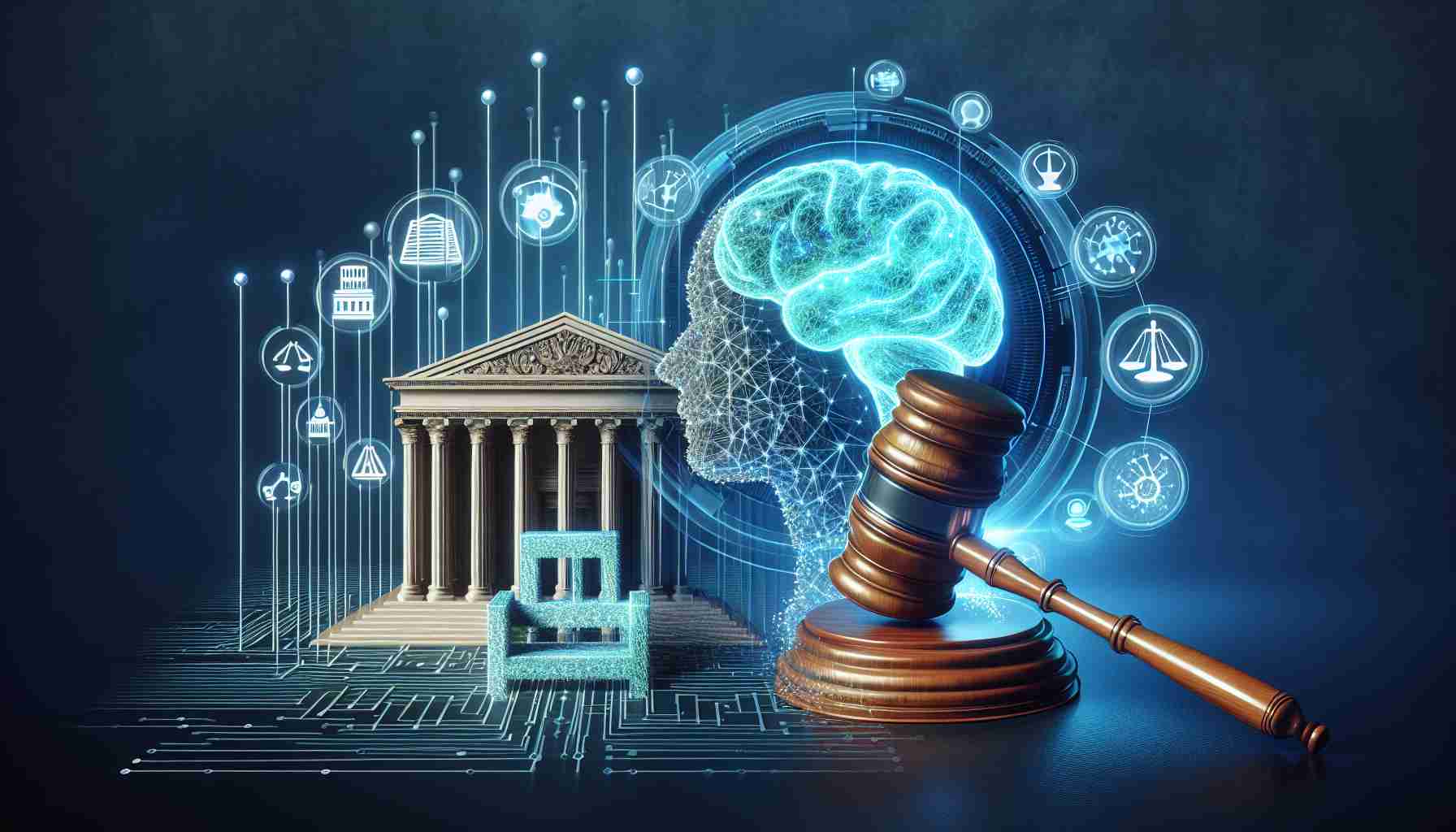Artificial intelligence (AI) has the potential to revolutionize public services and generate significant savings for taxpayers, according to a report by the National Audit Office (NAO). However, the government’s lack of a coherent plan for adopting AI in the public sector remains a major obstacle.
While 70% of Whitehall departments are exploring opportunities to utilize AI, the NAO highlights that a shortage of skilled personnel is hindering progress. Insufficient pay levels have resulted in 4,000 unfilled digital, data, and technology vacancies in the government as of October 2022.
The NAO report suggests that contractors and agency workers can help fill this skills gap, but at a higher cost and with limited capacity to develop the government’s own capabilities. Additionally, the absence of a single governing body responsible for implementing AI in the public sector poses a risk to value for money.
Although the Cabinet Office and the Department for Science, Innovation and Technology share responsibilities for AI adoption, the disbandment of the cross-government AI Strategy Delivery Group in March 2022 further exacerbated the lack of oversight. It was only in October 2023 that a new body replaced it.
While the report acknowledges the potential productivity gains through increased AI usage, it emphasizes that the government has not yet assessed the cost and feasibility of achieving these gains. This raises questions about the implementation of AI in public services.
Gareth Davies, the head of the NAO, underlines the transformative possibilities of AI for public services but emphasizes the need for prompt action to address existing barriers. Issues such as data quality, aging IT infrastructure, and effective risk management must be tackled to ensure the benefits of AI can be fully realized.
Dame Meg Hillier, chair of the House of Commons Public Accounts Committee, stresses the importance of consolidating existing AI activities and insights across government departments. She calls for clear accountability and funding mechanisms to drive the adoption of AI and address associated risks in the public sector.
FAQs
What is artificial intelligence (AI)?
Artificial intelligence refers to the simulation of human intelligence in machines that are programmed to think and learn like humans. AI technologies aim to replicate cognitive processes such as problem-solving, pattern recognition, and decision-making.
How can AI benefit the public sector?
AI has the potential to enhance public services by automating repetitive tasks, improving data analysis and decision-making processes, and increasing efficiency and accuracy. It can streamline administrative functions, deliver personalized services, and optimize resource allocation.
What are the main challenges in adopting AI in the public sector?
The main challenges include a lack of skilled personnel, particularly in digital, data, and technology roles, limited funding and resources, outdated IT infrastructure, and concerns around data privacy and security. Additionally, the absence of a clear governance structure and strategy for AI adoption hampers progress.
How can the government overcome these barriers?
To overcome these barriers, the government should invest in developing the necessary skills and capabilities, ensure competitive pay levels to attract talent, modernize IT infrastructure, and establish robust governance frameworks for AI adoption. Sharing insights and learnings across departments is also crucial for driving successful AI implementation.
What is the role of the National Audit Office (NAO) in assessing AI adoption?
The National Audit Office (NAO) is an independent body that scrutinizes public spending and performance in the UK. It evaluates government policies and programs, including the adoption of AI in the public sector. The NAO’s reports provide insights into the challenges, risks, and potential benefits associated with AI implementation.
FAQs
What is artificial intelligence (AI)?
Artificial intelligence refers to the simulation of human intelligence in machines that are programmed to think and learn like humans. AI technologies aim to replicate cognitive processes such as problem-solving, pattern recognition, and decision-making.
How can AI benefit the public sector?
AI has the potential to enhance public services by automating repetitive tasks, improving data analysis and decision-making processes, and increasing efficiency and accuracy. It can streamline administrative functions, deliver personalized services, and optimize resource allocation.
What are the main challenges in adopting AI in the public sector?
The main challenges include a lack of skilled personnel, particularly in digital, data, and technology roles, limited funding and resources, outdated IT infrastructure, and concerns around data privacy and security. Additionally, the absence of a clear governance structure and strategy for AI adoption hampers progress.
How can the government overcome these barriers?
To overcome these barriers, the government should invest in developing the necessary skills and capabilities, ensure competitive pay levels to attract talent, modernize IT infrastructure, and establish robust governance frameworks for AI adoption. Sharing insights and learnings across departments is also crucial for driving successful AI implementation.
What is the role of the National Audit Office (NAO) in assessing AI adoption?
The National Audit Office (NAO) is an independent body that scrutinizes public spending and performance in the UK. It evaluates government policies and programs, including the adoption of AI in the public sector. The NAO’s reports provide insights into the challenges, risks, and potential benefits associated with AI implementation.
The source of the article is from the blog macnifico.pt

